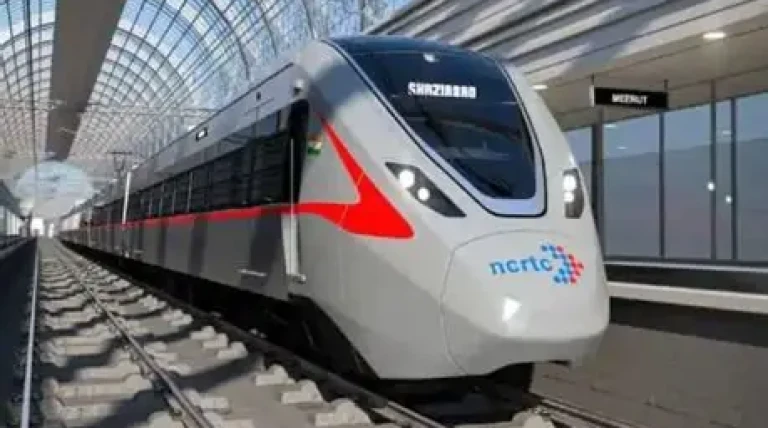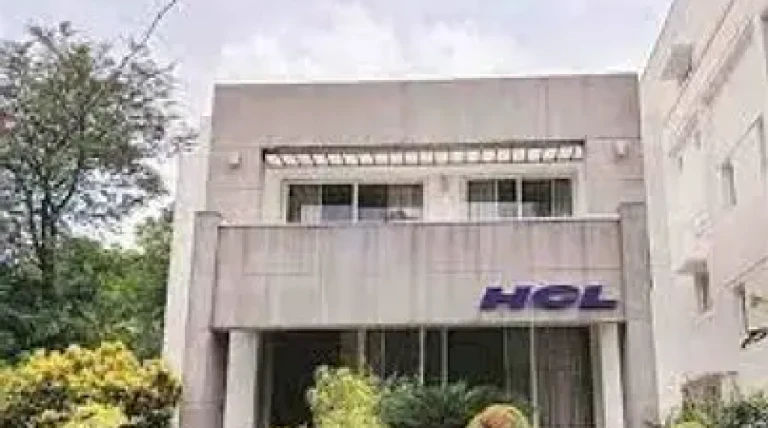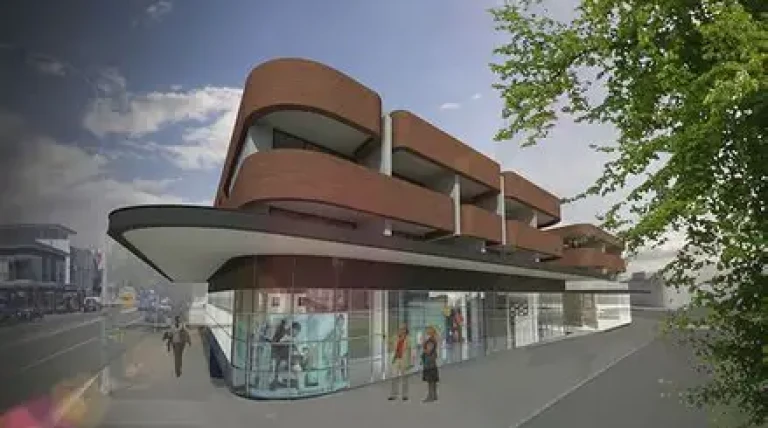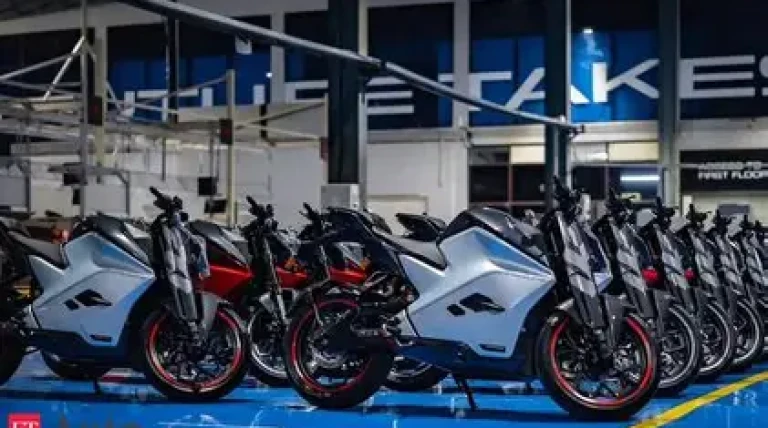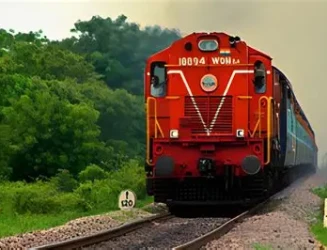Commuters traveling between Delhi and Meerut are set to benefit from a major transportation upgrade, as the entire 82-kilometer Delhi-Ghaziabad-Meerut Rapid Rail Transit System (RRTS) is expected to be fully operational by late June or early July. Developed by the National Capital Region Transport Corporation (NCRTC), this milestone project aims to slash travel time across the corridor, offering a speed and convenience level that rivals daily metro commutes within Delhi NCR, such as from Gurgaon to Connaught Place.
Currently, 55 kilometers of the corridor—from New Ashok Nagar to Meerut South—are already in operation. Trial runs on the remaining segments, including a key stretch of the integrated Meerut Metro, are nearing completion. Final approval from the Commissioner of Metro Rail Safety (CMRS) is expected soon, paving the way for the country's first semi-high-speed mass transit system to begin full-scale commercial service.
"Technically, rapid rail trains are already covering the entire 82km corridor," an NCRTC official explained. "While the New Ashok Nagar to Meerut South section is active, trial operations are underway on the final stretches—4.5km in Delhi (Sarai Kale Khan to New Ashok Nagar) and 23km in Meerut (Meerut South to Modipuram). These are ready for CMRS inspection."
The 27km Meerut Metro, seamlessly integrated into the RRTS, is also nearly complete. "We're preparing the entire corridor, including the metro section, for a formal inauguration. We’re on track to meet our June target, though the final commissioning date depends on approval from the ministry and higher authorities," the official added.
Launched in March 2019 by Prime Minister Narendra Modi, the RRTS has been implemented in phases over six years. Key milestones include the 17km priority section between Sahibabad and Duhai (October 2023), followed by 17km from Duhai to Modinagar North (March 2023), an 8km stretch to Meerut South, and a 13km section between Sahibabad and New Ashok Nagar (January 2024). These expansions have brought the current operational length to 55km, already serving over one crore passengers.
Beyond Meerut South, the corridor includes three more stations—Shatabdi Nagar, Begumpul, and Modipuram. Notably, Begumpul station, located in the heart of Meerut’s market area, is a structural marvel: 246 meters long, 24.5 meters wide, and 22 meters deep. It will serve both the rapid rail and Meerut Metro, marking the first instance in India where local metro and regional rapid rail services share infrastructure.
The 23km Meerut Metro component includes 13 stations, with 18km of elevated track and 5km underground, three of which are subterranean. Once fully operational, the entire corridor is expected to drastically reduce travel times, improve regional connectivity, and stimulate economic growth across the National Capital Region.
News by Rahul Yelligetti.
![{[setting('site_name')]}](https://www.projxnews.com/uploads/setting/16983847711140531930.webp)
